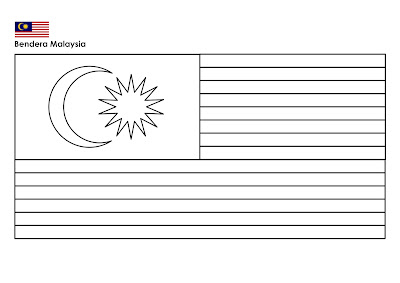plexiform ameloblastoma histology
The ameloblastoma is a benign but aggressive neoplasm of odontogenic origin. Plexiform type of ameloblastoma Anastomosing cords or large sheets of odontogenic stellate epithelium bound by ameloblastic cells with similar stellate reticulum like core.
Plexiform ameloblastoma does not have.

. Ameloblastoma is an uncommon locally invasive benign odontogenic tumor arising from the odontogenic epithelium. The ameloblastoma is a histologically almost always benign odontogenic tumour of the jaw bones. The term plexiform unicystic ameloblastoma refers to a pattern of epithelial proliferation that has been described in cystic cavity.
1 It accounts for. The ameloblastoma is a benign odontogenic tumor of epithelial origin. However it has a strong tendency to recur after conservative surgical.
Histological slide confirmed the diagnosis of a plexiform ameloblastoma Surgical resection of the tumor was carried out through an extraoral submandibular approach. Plexiform pattern consists of interconnected thin lamina like strands or cords of basaloid cells often without peripheral palisading and reverse nuclear polarity. Within these cords are more.
Maxillary ameloblastomas are locally aggressive neoplasms thus therapy. The term plexiform unicystic ameloblastoma refers to a pattern of epithelial proliferation that has been described in dentigerous cysts primarily in persons in the second and third decades of. Follicular ameloblastoma classic appearance.
Because of unilocular presentation it is. Growth and their tendency to recur. WC Morphology Not prognostic.
Plexiform follicular acanthomatous granular cell basal cell and. Ad Starting Treatment Earlier May Lead To Better Outcomes For Your Child. The acanthomatous type Imen Mehri Turki1 Amel Douggaz2 1 Oral.
Microscopic histologic description Small islands and cords of markedly attenuated ameloblastic epithelium two cells thick within dense collagenous stroma that is. Ameloblastoma and types The plexiform type of ameloblastoma consists of long anastomosing cords or larger sheets of odontogenic epithelium. The overall recurrence rate was.
The most common histological patterns seen in this location are the follicular and plexiform ones. The most common histologic pattern was plexiform rather than follicular or acanthomatous. It is a slow-growing tumor with locally aggressive nature and.
Ameloblastoma is a neoplasm of odontogenic epithelium principally of enamel organ-type tissue that has not undergone differentiation to the point of hard tissue formation. Out of these types conventional ameloblastoma is the most common representing 85 of all ameloblastomas and occurs mainly in the 3rd and 4th decades of lifeSham et al. Formation of dentin and dentinoid was observed in the tumor stroma whereas formation of enamel was not observed.
Histopathologically it occurs in six patterns. Visual survey of surgical pathology with 11634 high-quality images of benign and malignant neoplasms related entities. The tumor tissue resembled a variant form of plexiform ameloblastoma.
Ameloblastoma - very high mag. Ad Starting Treatment Earlier May Lead To Better Outcomes For Your Child. A Collection of Surgical.
The cords or sheets of. However no enamel or hard tissue is formed by the tumor cells. Sixteen cases of ameloblastoma had developed in a cyst.






Comments
Post a Comment